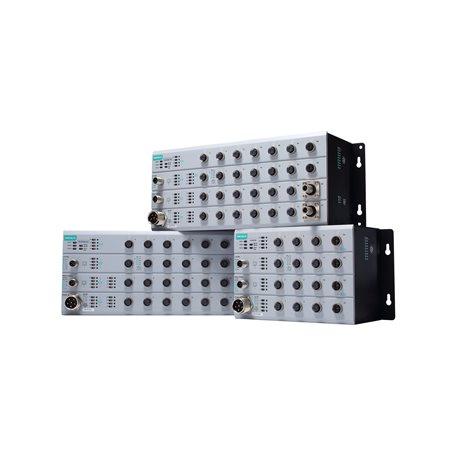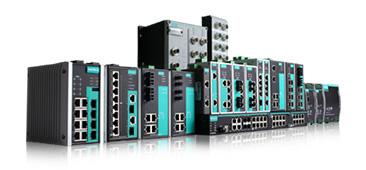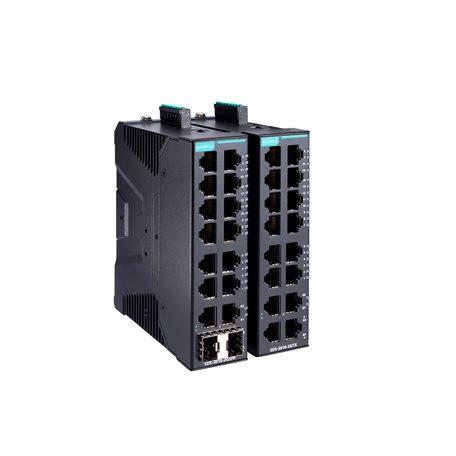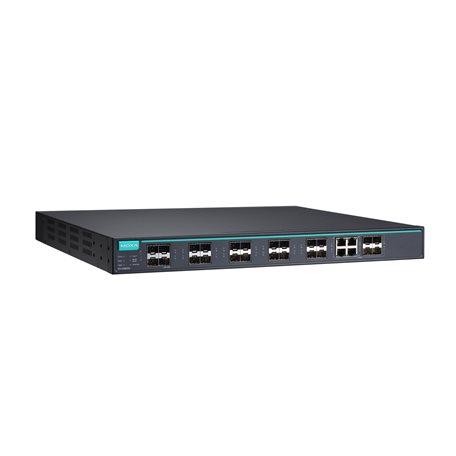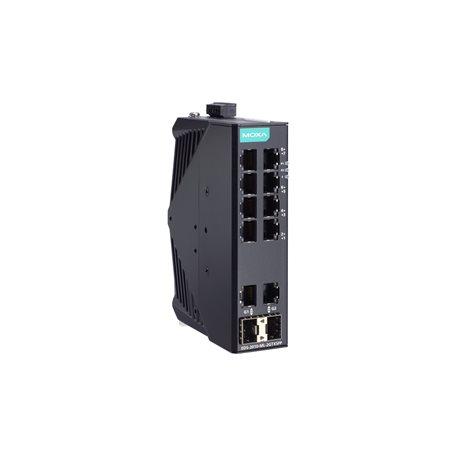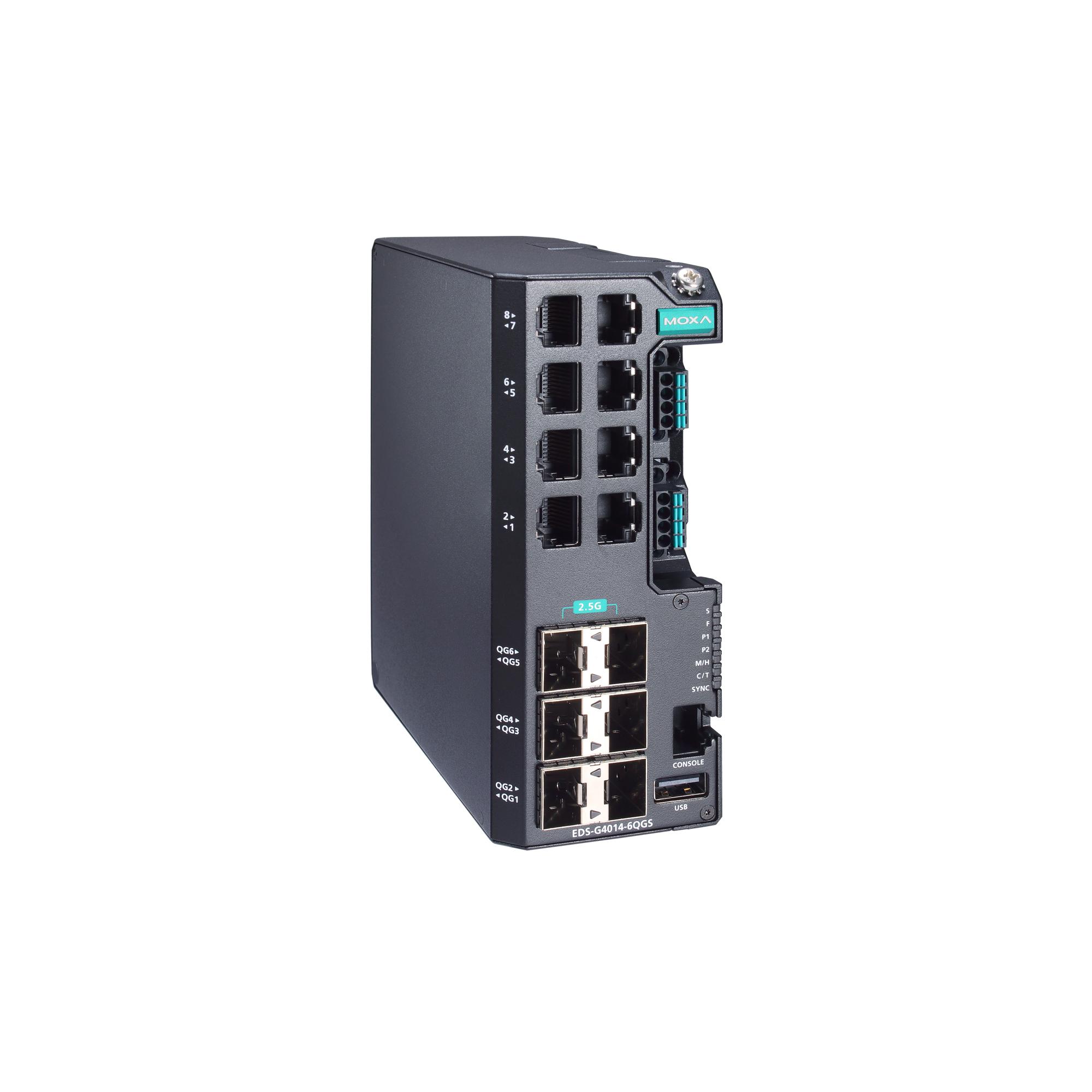Ethernet switches are a central component of data networks and can be divided into managed and unmanaged models based on their functionality.
Unmanaged Ethernet switches are simple and easy to use. They operate without special configurations, making them ideal for basic networking needs. However, unmanaged switches offer limited management options, and users cannot modify port settings or monitor data traffic in detail.
Managed Ethernet switches provide users with broader management capabilities. They support advanced functions, such as Virtual LAN (VLAN) segmentation, Quality of Service (QoS) features, and the Simple Network Management Protocol (SNMP). This allows for more precise monitoring and control of networks.
The choice between managed and unmanaged switches depends on usage needs. In small networks, such as home networks, unmanaged switches may suffice. In contrast, managed switches are often recommended for more complex enterprise networks where greater control and segmentation are required.
